Introduction
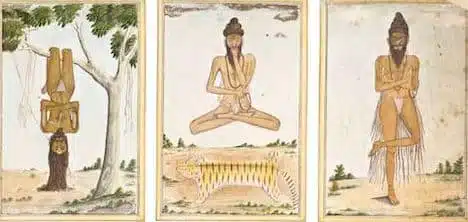
History and origin of yoga is very vast, Yoga encompasses further than simply a collection of physical postures and it represents a deep spiritual and philosophical tradition that has developed over thousands of times. Its literal narrative showcases mortal adaptability, rigidity, and the pursuit of tone discovery. From its ancient onsets in India to its extensive global reach so yoga has endured substantial changes. Grasping this trip enables us to appreciate yoga beyond its bare physical factors. Let us explore the origins and development of yoga across colorful literal ages.
The Ancient Roots Yoga in the Vedic Period( 1500 – 500 BCE)
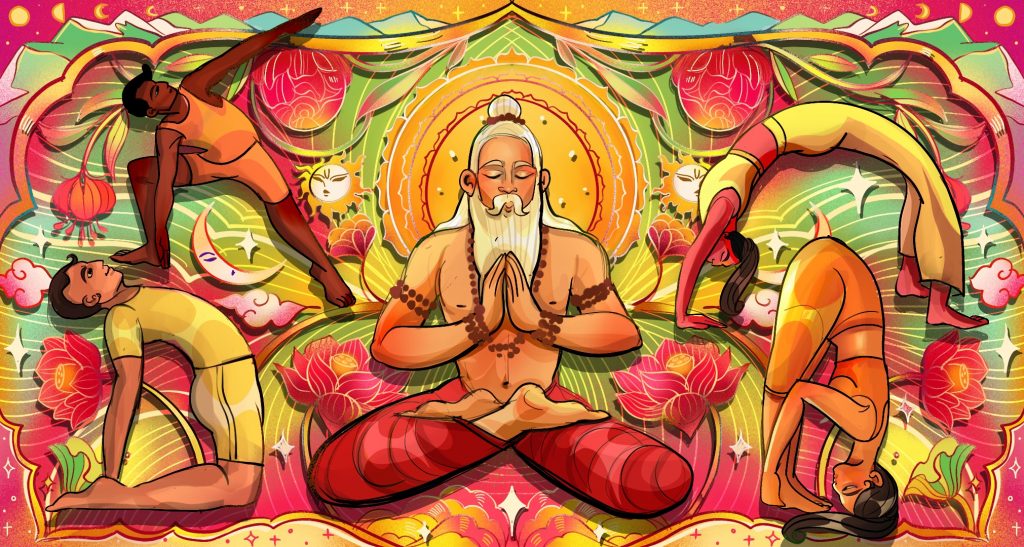
The earliest mentions of yoga are found in the Vedas and the holy Hindu texts written over 3,000 years ago. The Rigveda, being the most ancient of these jottings, incorporates hymns, rituals, and philosophical generalities that suggest early forms of pensive practices.
Crucial concepts
Mantras and Rituals Instruments for invoking godly powers and conserving spiritual chastity. In this period so yoga was unnaturally a spiritual practice concentrated on transcending mortal suffering and establishing a connection with the godly through ritualistic practices and internal discipline.
Tapas( austerity) The practice of discipline and tone- restraint to connect with an advanced knowledge.
Rishis( pundits) Mystics who pursued spiritual enlightenment through contemplation and profound contemplation.
Pre-Classical Yoga The Upanishads and the Bhagavad Gita( 800 – 200 BCE)

As Indian study progressed, yoga began to transition from external rituals to internal spiritual disquisition. This change was largely shaped by the Upanishads, a philosophical workshop that explored tone so inquiry and the connection between the soul( Atman) and the macrocosm( Brahman).
Key Developments
- Atman and Brahman The idea that individual knowledge is linked to universal knowledge.
- Air Yoga The trip of selfless action, as a means to achieve enlightenment.
- Jnana Yoga The hunt for wisdom and tone- mindfulness through soul-searching and philosophical study. the Bhagavad Gita, one of the most poignant Hindu textbooks, further ameliorated yoga by presenting colorful paths
- Bhakti Yoga The path of devotion and submission to an advanced authority.
- Dhyana Yoga The discipline of contemplation for tone consummation.
- Air Yoga A life of duty and selfless service. This period signified a transition in yoga’s ideal, rendering it more accessible for everyone rather than being solely designated for Cyrenaics and preachers.
Classical Yoga Patanjali’s Yoga Sutras( 200 BCE – 400 CE)
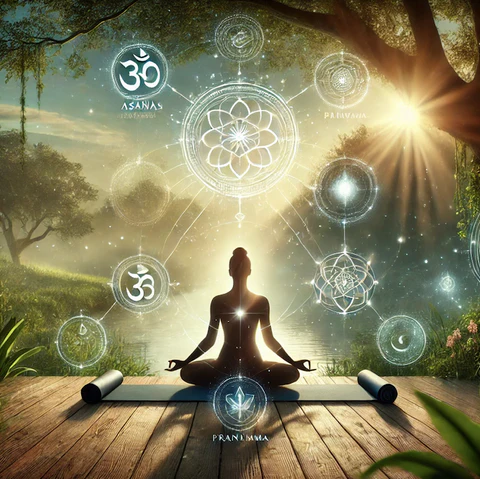
The formal association of yoga is attributed to the savant Patanjali, who assembled the Yoga Sutras, an essential textbook that delineates the gospel and practice of yoga. He presented the Eightfold Path of Yoga( Ashtanga Yoga), which acts as a frame for spiritual advancement.
The Eight branches of Yoga
- Yama( Ethical conditions)Non-violence, probity, and tone- discipline.
- Niyama( Personal Observances) chastity, pleasure, and tone- reflection.
- Asana( Postures) originally intended to prepare the body for extended contemplation ages.
- Pranayama( Breath Control) styles for regulating energy.
- Pratyahara( Sense pullout) Detaching from external distractions.
- Dharana( attention) Cultivating internal focus.
- Dhyana( Contemplation) Profound contemplation and awareness.
- Samadhi( Enlightenment) A condition of ultimate spiritual consummation.
Patanjali’s frame stressed mastery over the mind and contemplation rather than the physical positions that are current in contemporary yoga.
Post-Classical Yoga Tantra and Hatha Yoga( 500 – 1500 CE)
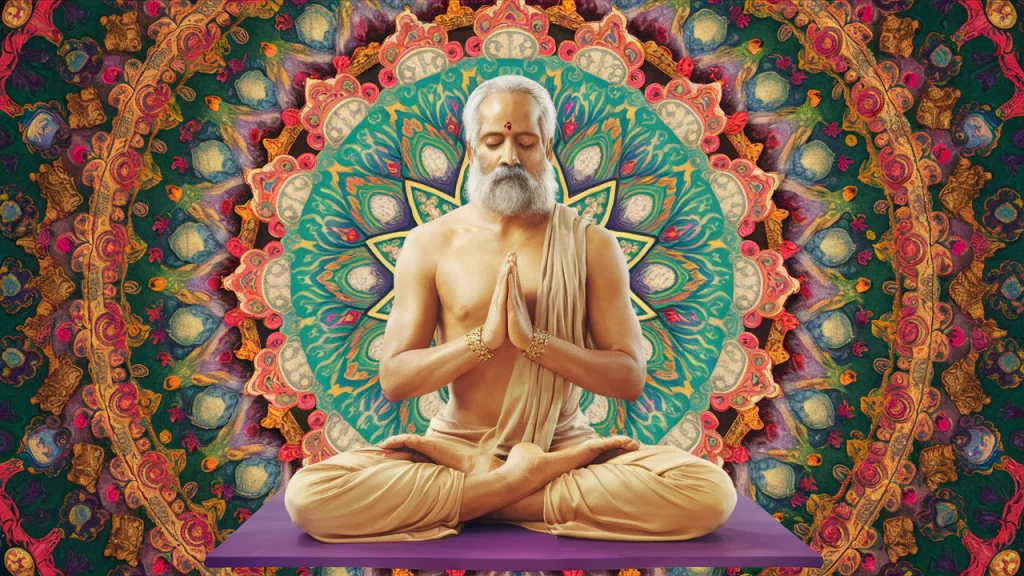
As yoga progressed, it incorporated more physical rudiments. The Post-classical period witnessed the emergence of Tantra Yoga and Hatha Yoga, both of which significantly told ultramodern yoga methodologies.
Tantra Yoga
- Concentrated on exercising rituals, mantras, and energy pathways( nadis) to channel spiritual energy.
- Brought forth kundalini practices, which aimed to awaken idle energy at the base of the chine.
Hatha Yoga
- A practice of physical postures( asanas) and breath regulation( pranayama) aimed at preparing the body for contemplation.
- Stressed the balance of the body’s energy systems.
- Crucial textbook Hatha Yoga Pradipika( 15th century), which described acts, breathing ways, and styles of sanctification.
This period established the root for the physical factors of yoga that are generally rehearsed.
Yoga’s Survival During the Medieval and social Ages( 1500 – 1800 CE)
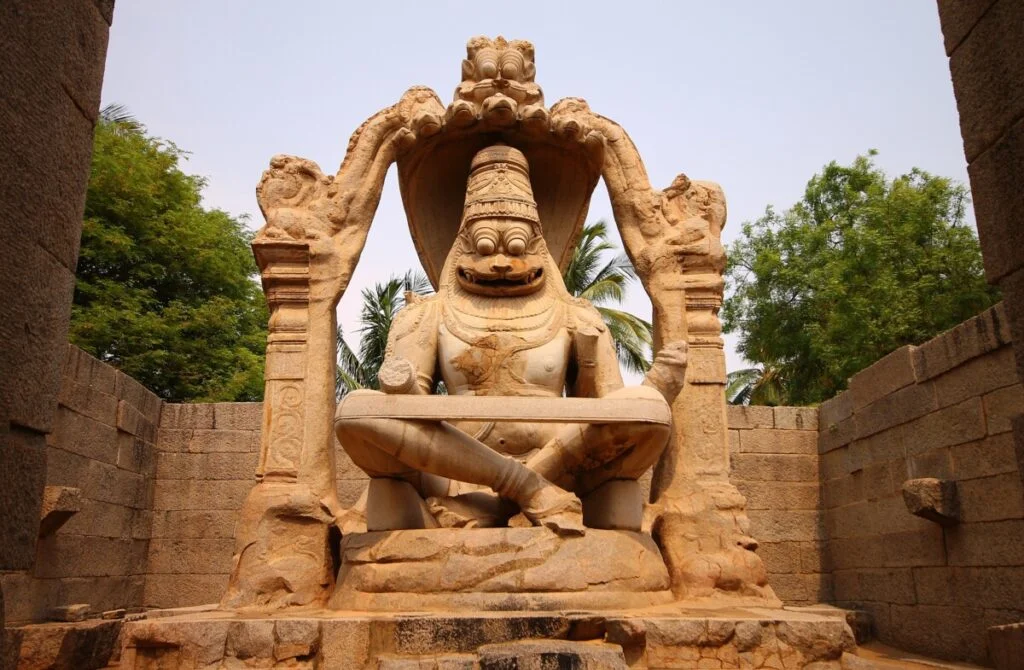
Yoga encountered colorful obstacles during the Mughal irruptions and under British social dominance. Traditional Indian rituals, similar as yoga, were repressed or discouraged.
Factors that Helped Yoga Survive
- Nonpublic oral training passed down from exponents to followers.
- Integration with Sufi and Bhakti movements, which combined Hindu and Islamic mysticism.
- Resistance movements that upheld Indian customs.
In malignancy of these difficulties, yoga persisted in small spiritual communities and saw a reanimation in the ultramodern age.
The Revival of Yoga( 19th – Early 20th Century)

The late 19th and early 20th centuries signified a renewed interest in yoga, as Indian leaders tried to reclaim their artistic identity. Prominent individuals played vital places in introducing yoga to global cult.
Crucial Figures
- Swami Vivekananda Brought yoga to the West at the 1893 Parliament of persuasions in Chicago.
- Krishnamacharya The “ father of ultramodern yoga, ” who revitalized Hatha Yoga and guided unborn yoga icons like B. K. S. Iyengar and Pattabhi Jois.
During this time, people emphasized physical postures (asanas) more as they adapted yoga to fit Western fitness ideals.
The 20th- Century Yoga smash in the West
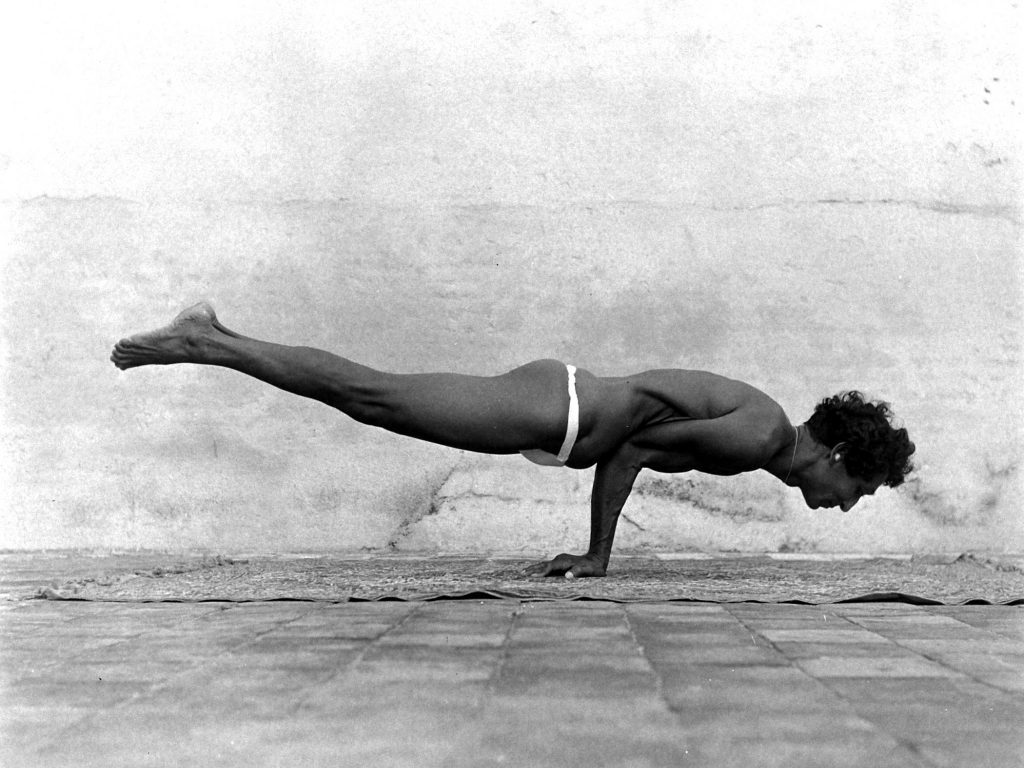
Following World War II, yoga flourished in the West
- Scientific exploration Studies supported yoga’s advantages for reducing stress, enhancing inflexibility, and managing pain.
- 1960s – 70s The counterculture movement espoused yoga for spiritual development.
- 1980s – 2000s Styles similar to Power Yoga, Vinyasa, and Bikram Yoga came into being.
Ultramodern Yoga Diversity and Global Impact
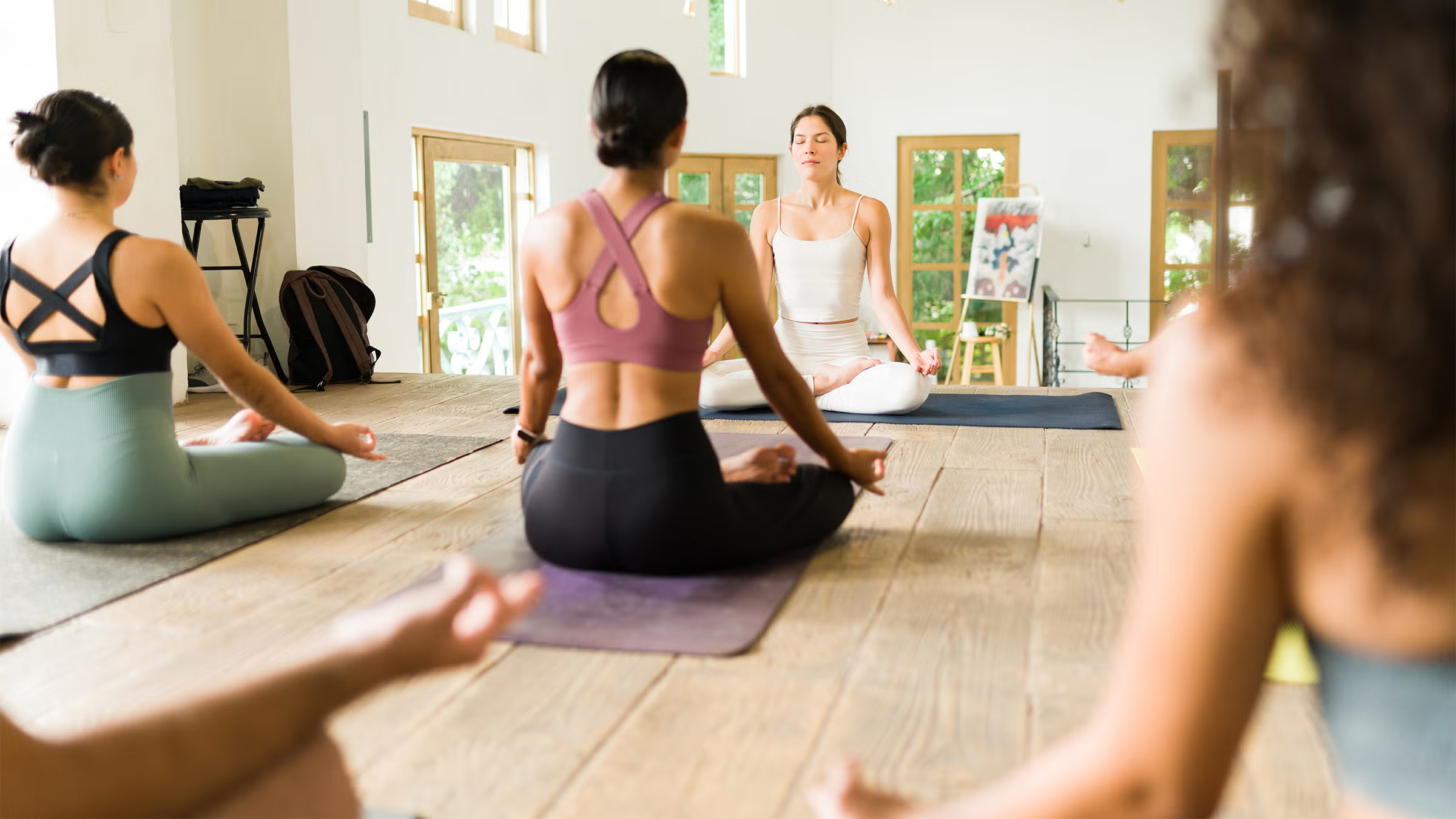
Presently, yoga is a worldwide miracle featuring a variety of styles
Digital Yoga operations and online classes render yoga accessible encyclopedically.
- Hatha Yoga Gentle and abecedarian.
- Ashtanga Yoga is violent and systematized.
- Yin Yoga Aimed at deep towel stretching.
- Upstanding Yoga Blends yoga with acrobatics.
Debunking Yoga Myths
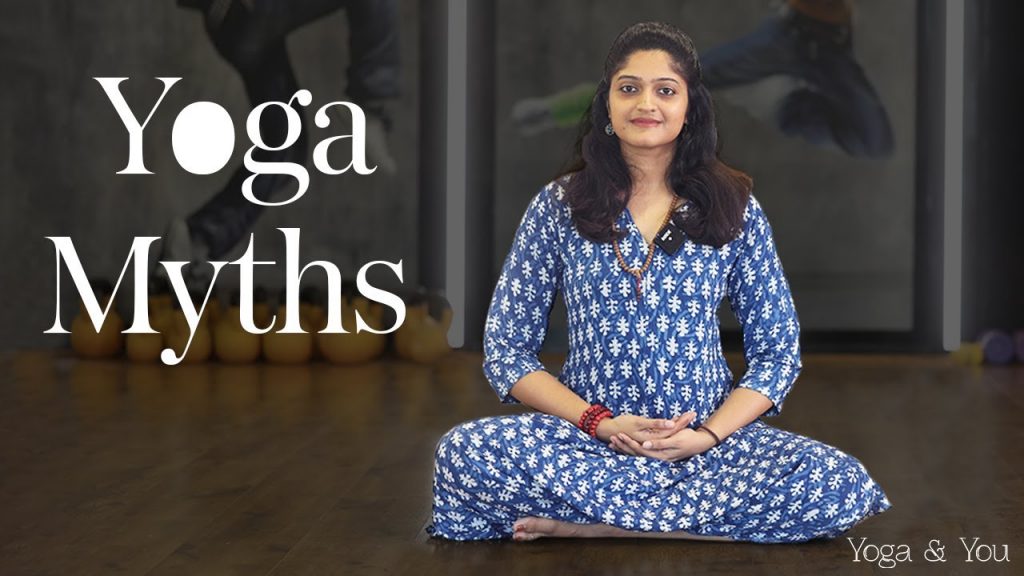
- Myth – Yoga is solely physical exercise.
- Truth – It’s a comprehensive practice that encompasses contemplation, breathwork, and gospel.
- Myth – Yoga is a religion.
- Truth – Yoga is a spiritual activity but it is not related with any particular religion.
- Myth – Yoga has remained unchanged.
- Truth – It has developed over centuries to acclimatize to colorful artistic demands.
Conclusion
The history of yoga is an interesting path of spiritual development, artistic metamorphoses, and worldwide adoption. Anyhow, whether you practice it for strength, peace, or curiosity, you are part of a tradition that has lasted for centuries. As you spread your mat moment, keep in mind that yoga transcends a bare exercise routine — it serves as a connection to tone- mindfulness, inner calm, and overall health. There are many other benefits of Yoga .
Sources
– https://en.wikipedia.org/wiki/Yoga
– https://www.medicalnewstoday.com/articles/286745
– https://www.hopkinsmedicine.org/health/wellness-and-prevention/9-benefits-of-yoga
